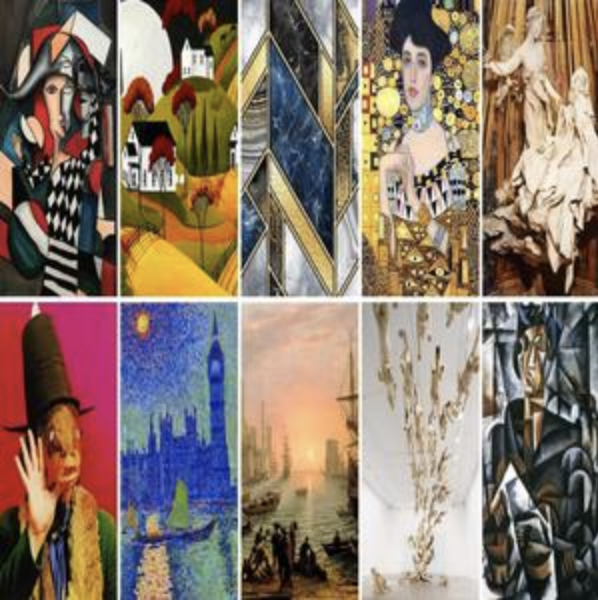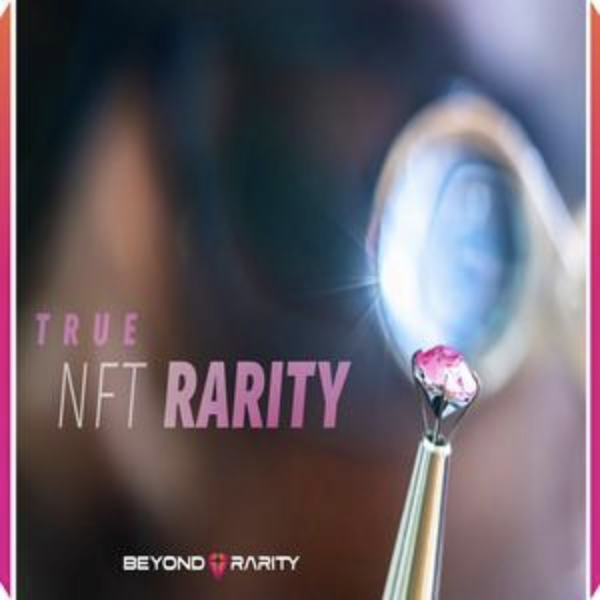Art Investment: Spotting High-Potential Pieces
For art investors willing to spend significantly, the pursuit of promising pieces goes beyond simply seeking famous artists or popular trends. It involves discovering the hidden worth found in an artist’s creative approach, technical skills, and cultural relevance. Employing these tactics will help create a strong and profitable collection, rather than getting swept up in gallery excitement.
Follow Artists' Distinctive Styles Instead of Their Fame
Rather than opting for artists celebrated for a single viral piece, concentrate on those who maintain a steady and developing creative process. Pay attention to artists who have established a distinctive, reproducible method—such as a painter crafting colors from specialized minerals or a sculptor merging AI with classic metalwork. These approaches reflect a commitment that transcends fleeting trends, enriching their works with value as the artist hones their skill. Steer clear of artists known for transient styles; a consistent technique suggests a stronger long-term market presence.

Seek Pieces with Cultural Significance
Potential valuable art often embodies cultural stories that are not yet widely acknowledged. Look for works that showcase rising or neglected cultural themes—like a Latin American artist revisiting pre-Columbian imagery through modern photography, or a Southeast Asian painter capturing the effects of climate change on local populations. These artworks cater to the global interest in varied narratives, and as the cultural meanings receive greater recognition, their worth increases. Compared to ordinary landscape or portrait pieces, they provide a unique niche that is difficult to replicate.

Consider Technical Rarity Beyond Just Rarity
Simply being rare is not sufficient; pay attention to “technical rarity,” which concerns artworks that necessitate rare skills or materials. For instance, a mid-career ceramicist using a long-lost glazing technique, known only to three artisans alive today, or a photographer utilizing discontinued film stock with each print manually developed, are perfect examples. Such works are naturally shielded against mass duplication; even if the artist grows famous, the technical challenges maintain a limited supply, ensuring stable values. Avoid mass-produced “limited editions” that lack unique technical qualities.

Explore Contextual Worth in New Artistic Movements
New art movements like post-digital abstraction or eco-feminist sculpture often hide valuable treasures. Search for pieces that encapsulate the fundamental ideas of these movements, such as a digital artist who merged blockchain technology with traditional painting to discuss “digital permanence.” These works can serve as key “reference points” within their movements, and as the movements gain popularity, their value can soar. Wealthy collectors can use art advisor networks to identify these works early on, well before they enter mainstream galleries.
Steer Clear of Aesthetic Trends for Timeless Value
Fashionable styles, like neon pop art or meme-inspired creations, can quickly lose their appeal. Instead, opt for pieces that convey timeless themes—relationships, identity, or nature—while being portrayed in a unique manner. For instance, a portrait artist utilizing textile collage to delve into cultural identity produces artwork that resonates over many years, rather than fleeting seasons. Such pieces hold their value even as trends evolve, making them sound investments for the long haul.
By concentrating on these often overlooked aspects, significant investors transform art collecting into a strategic endeavor that merges appreciation of beauty with enduring financial gains.
(Writer:Seli)



